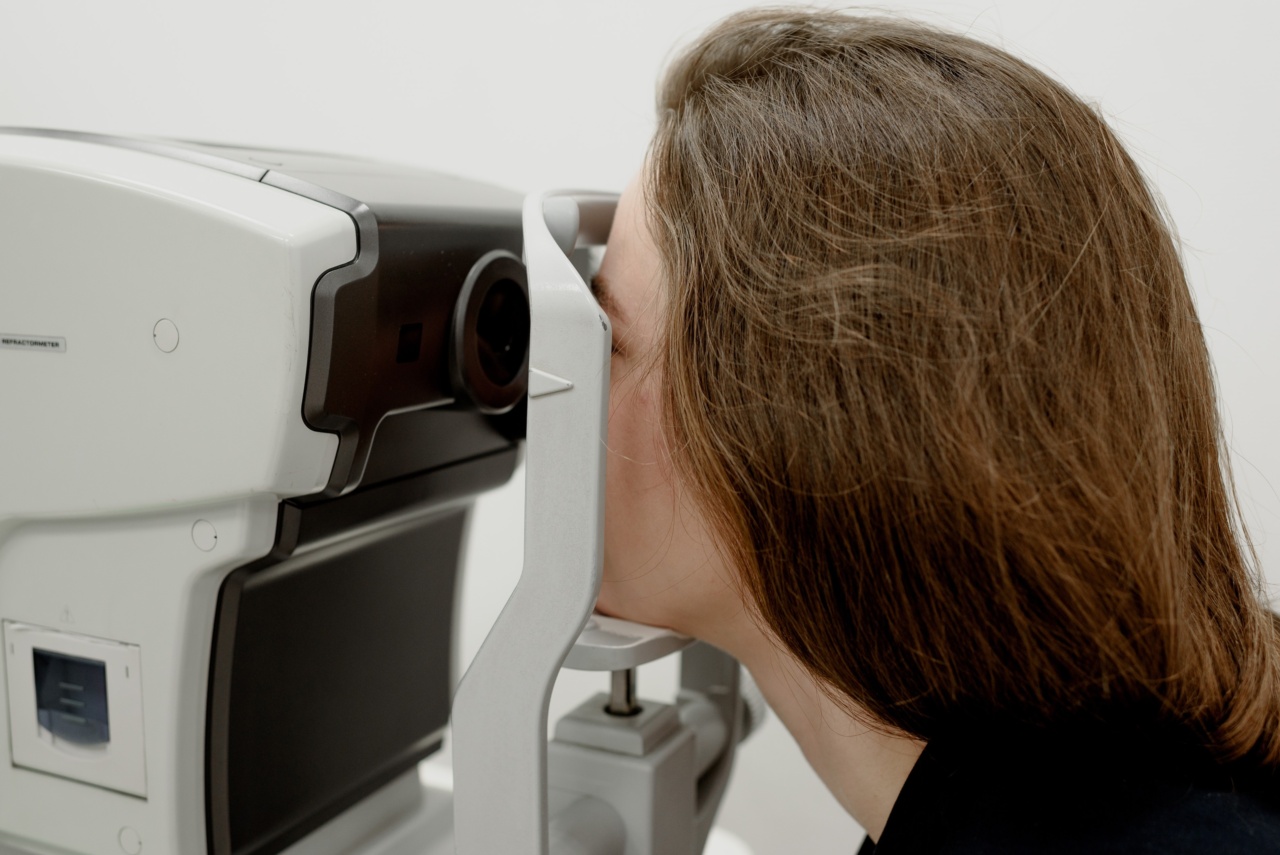Good eyesight is essential for our daily lives and activities. Unfortunately, vision problems are common, and they can impact the quality of life.
Vision problems can range from minor irritations such as itchy or red eyes to serious conditions that can lead to blindness. Therefore, it’s essential to diagnose and treat vision problems as soon as possible. In this article, we’ll discuss some of the most common vision problems, how they’re diagnosed, and treatment options.
Nearsightedness and Farsightedness
Two of the most common vision problems are nearsightedness (also known as myopia) and farsightedness (hyperopia). Nearsightedness is when distant objects appear blurry, while close objects are clear.
Farsightedness is the opposite; close objects appear blurry, while distant objects are clear. Both conditions occur because the shape of the eye doesn’t bend light correctly, which causes the images we see to be blurry.
These conditions are diagnosed during a comprehensive eye exam, which includes vision tests.
Treatment options include eyeglasses, contact lenses, refractive surgery such as LASIK, and orthokeratology (which uses gas-permeable contact lenses to reshape the cornea).
Astigmatism
Astigmatism occurs when the cornea (the front surface of the eye) has an irregular shape. This causes blurred or distorted vision because light doesn’t focus properly on the retina.
People with astigmatism may experience headaches, eye strain or fatigue, and difficulty seeing fine details. Astigmatism is diagnosed during a comprehensive eye exam, which includes tests to measure the curvature of the cornea. Treatment options include eyeglasses, contact lenses, and refractive surgery.
Presbyopia
Presbyopia is a common vision problem that occurs with age. As we get older, the lenses in our eyes become less flexible and can’t adjust as well to focus on close objects. This can cause difficulty reading, eye strain or fatigue, and headaches.
Presbyopia is diagnosed during a comprehensive eye exam, which includes tests to measure the ability to focus on close objects. Treatment options include eyeglasses, contact lenses, and refractive surgery.
Amblyopia
Amblyopia (also known as “lazy eye”) is a condition where the brain and eyes don’t work together properly. It can occur in one or both eyes and can lead to decreased vision.
Amblyopia is usually diagnosed during childhood and can be treated with eyeglasses, patching, or other therapies. If left untreated, it can lead to permanent vision loss.
Strabismus
Strabismus is a condition where the eyes don’t align properly. One eye may turn in, out, up, or down while the other eye looks straight ahead. This can cause double vision, eye strain or fatigue, and difficulty with depth perception.
Strabismus is usually diagnosed during childhood and can be treated with eyeglasses, patching, eye exercises, or surgery. If left untreated, it can lead to permanent vision loss.
Cataracts
Cataracts are a common age-related condition where the lens of the eye becomes cloudy. This can cause blurred vision, difficulty seeing at night, and sensitivity to glare.
Cataracts are usually diagnosed during a comprehensive eye exam, and treatment involves surgery to remove the cloudy lens and replace it with an artificial lens.
Glaucoma
Glaucoma is a group of eye conditions that damage the optic nerve, which can lead to vision loss. It’s usually caused by high pressure in the eye, which can occur without any symptoms.
Glaucoma is diagnosed during a comprehensive eye exam, which includes tests to measure eye pressure and visual field. Treatment options include eye drops, laser therapy, and surgery.
Macular Degeneration
Macular degeneration is a common age-related condition where the macula, the part of the retina responsible for central vision, deteriorates. This can cause central vision loss, blurred vision, and difficulty seeing fine details.
Macular degeneration is usually diagnosed during a comprehensive eye exam, and treatment options include medications, laser therapy, and low-vision aids.
Conclusion
Vision problems can impact our daily lives and activities, but most are easily treated if diagnosed early.
A comprehensive eye exam is the best way to detect vision problems, so it’s essential to have your vision checked regularly, especially as you age. Your eye doctor can recommend the most appropriate treatment options based on your individual needs.




























